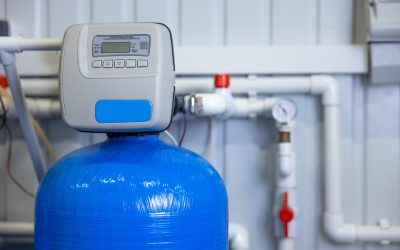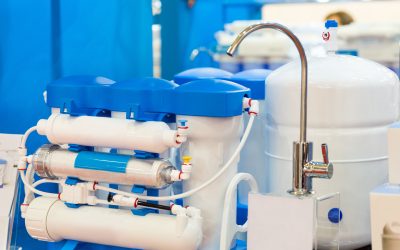An ultrasonic flow meter deploys ultrasound to track the velocity of a fluid and it can be used in various applications. An ultrasonic water meter possesses high-level accuracy at low and high flows. It can save your time as it does not need pipe cutting. Also, it eliminates the chances of process shutdown as it cannot be affected by external noise. If you want to know how it works, keep reading this blog.
How do ultrasonic water meters work?
Ultrasonic flow meters employ sound waves at a frequency surpassing the range of hearing (usually 0.5, 1, or 4 MHz). It sends a signal to a stream of flowing liquid by applying wetted (insertion) transducers. This type of device can make direct contact with the liquid or external transducers that help the transducers to flow through the pipe wall. Clamp-on flow-meters let the users track the volumetric flow rate of a fluid. The best thing is the process does not penetrate the pipe that reduces the installation and maintenance costs.
Generally, a transit-time ultrasonic water meter uses two ultrasonic transducers that can act like a transmitter and a receiver. It can be operated by alternatively transmitting and receiving a bunch of ultrasounds flowing between two transducers when you are measuring the transit time. Also, you can measure the transit time, which is proportional to the liquid velocity of a specific pipe.
Ease of installation and low maintenance have made ultrasonic water meter popular. This advanced device is now available at affordable ranges.



